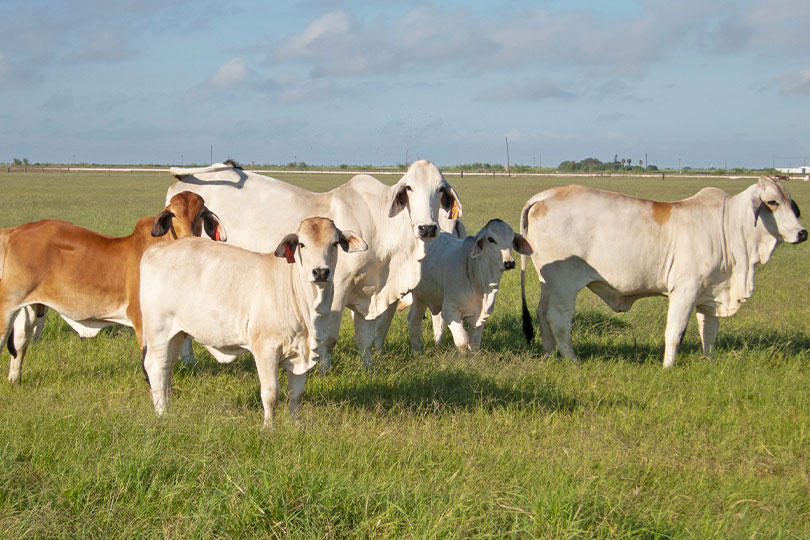
Cattle herd rebuilding still on hold in Texas, U.S.
Economic and climate conditions forecast for the coming months and years are casting doubt on a rapid expansion of the U.S. and Texas cow herds.
“Market volatility and weather challenges will play a role in ranchers deciding whether or not they are ready to start growing their herds,” Tracy Tomascik, Texas Farm Bureau associate director of Commodity and Regulatory Activities, said. “We’re in a similar situation to the drought of 2011 that led to significant culling and herd consolidations.”
But Tomascik noted herd rebuilding took place sooner after that drought than it is now. That’s because higher input costs and interest rates are keeping returns over cash costs low, resulting in slower herd expansion.
Cattle numbers are at some of the lowest levels in U.S. history, and market conditions suggest now could be a good time for ranchers to start rebuilding their herds.
“The strong cattle market this year would usually make ranchers ready to keep heifers back and expand their operations, but record high prices don’t necessarily mean record high returns,” he said.
Ranchers are cautious, carefully considering keeping more cattle and the extra costs.
“Economically, there’s no clear signal for herd expansion yet because the returns haven’t materialized to make it worthwhile,” Dr. David Anderson, AgriLife Extension economist and livestock specialist, said.
Strategic decisions for herd growth
One key part to rebuilding the herd is selecting replacement females.
“The calf crop and productivity are the most important factors moving forward,” Anderson said. “If a cow doesn’t produce a calf every year, it cuts into what ranchers can afford to pay for replacements. This time, replacement prices will be at record highs—just like calf prices.”
Questions about this Article?:

Copyright © 2021-2025. All rights reserved
This website stores cookies on your computer. These cookies are used to collect information about how you interact with our website and allow us to remember you. We use this information in order to improve and customize your browsing experience and for analytics and metrics about our visitors on this website. To find out more about the cookies we use, see ourPrivacy Policy.